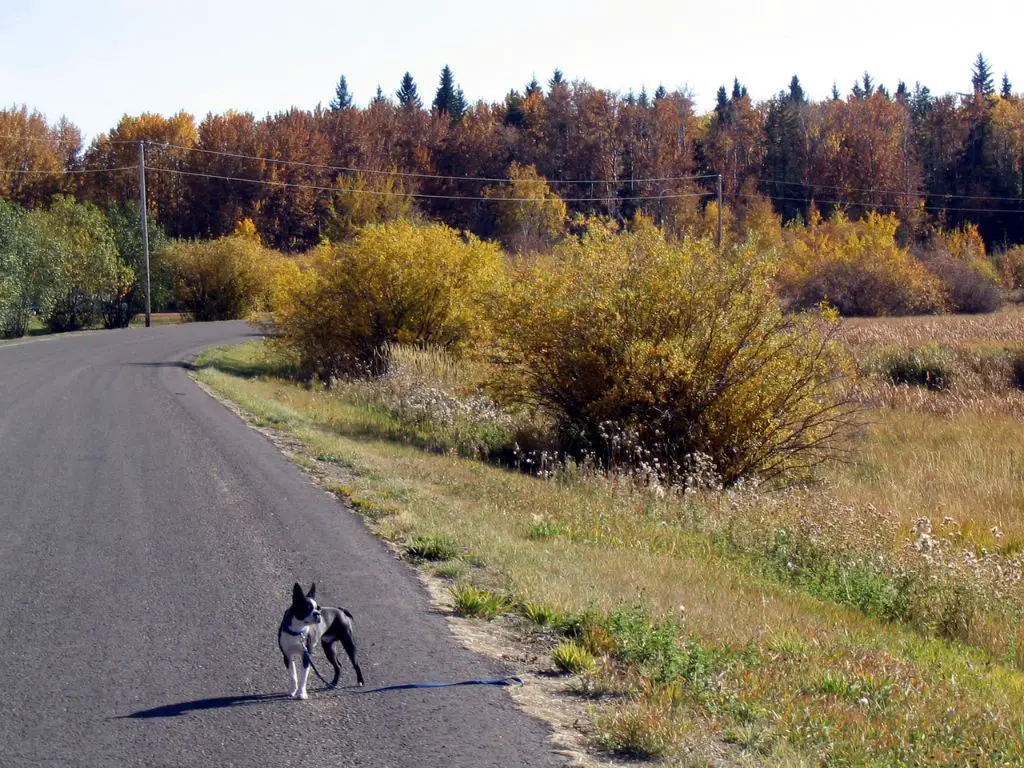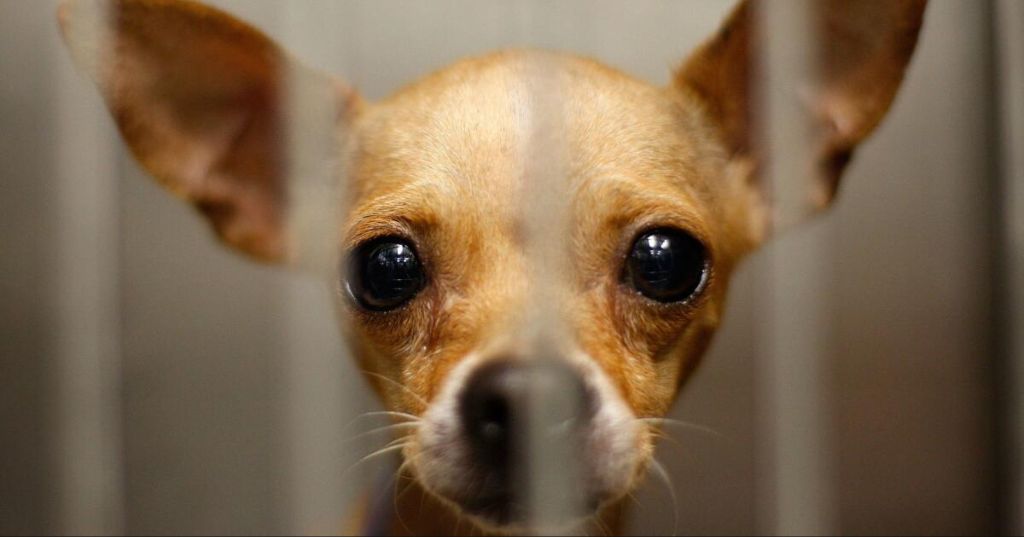Introduction
When a beloved dog goes missing, it’s an extremely stressful and emotional time for any pet owner. The key questions we all ask are: Will they come back? How far do they go? And what can be done to help bring them home?
This article provides a comprehensive overview of statistics and insights on runaway dogs. We’ll look at data on how many find their way home, how far they tend to travel, what factors increase the likelihood of their return, and most importantly – what pet owners can do to help.
With careful analysis and the right preventative actions, there are steps we can take to keep our furry friends safe. While some cases sadly don’t have happy endings, research shows there is still hope for reuniting with a lost dog.
Reasons Dogs Run Away
Many dogs will run away for several reasons, but the most common causes are boredom/need for exercise, separation anxiety, and the instinct to chase. https://www.webmd.com/pets/dogs-stop-running-away
Dogs that are not getting enough exercise or mental stimulation can become bored and look for opportunities to run and explore. They may escape yards or houses and go on adventures just for some excitement. Ensuring dogs get adequate daily walks, play time, and enrichment activities can help prevent running away from boredom.
Separation anxiety is another major reason dogs bolt. Being left alone causes stress and panic, so dogs will take any chance to run toward their owners. Dogs with separation issues need gradual training and management to feel comfortable alone. Providing activities like food puzzles when leaving can also help.
The instinct to chase moving things like cars, animals, or people can override commands and cause dogs to run off. High prey drive dogs need solid recall training and leashes/fences in tempting situations. Their environments should be managed to avoid triggering the chase instinct as much as possible.
How Far Do Runaway Dogs Go?
The distance a runaway dog travels depends on several factors. According to Petfinder, big strong dogs, especially young ones, can run 5 miles or more, while small dogs may only travel half a mile at most [1]. However, some lost dogs have been known to travel much farther. As one Quora user notes, lost dogs have been found miles away from where they went missing [2].

Some key factors that influence how far a runaway dog will travel include the dog’s size and age, its personality and breed instincts, how much time has passed, and the terrain and environment. Highly active dogs like Husky breeds can cover longer distances, while toy breeds and puppies tend to stay closer to home. Fearful dogs that bolt tend to run farther than dogs who wandered off casually. The longer a dog is missing, the farther it may roam as it searches for food, shelter and home. Dogs also travel farther in open rural areas than in congested urban settings.
While some dogs do travel impressive distances when lost, research shows most lost dogs are recovered within a 5 mile radius of where they went missing, if they can be quickly located [3]. This highlights the importance of starting search efforts as soon as possible when a pet goes missing.
Likelihood of Returning
Statistics show that around 20-30% of lost dogs find their way home on their own, according to several sources. One study by Lost Pet Research & Recovery found that 93% of lost dogs are found alive, with 20% returning home by themselves (https://lost.petcolove.org/lost-pet-101/do-lost-pets-find-their-way-home). Another study cited by Bring Jackson Home indicated 20% of lost dogs make it back without assistance (https://www.bringjacksonhome.com/lost-dogs-statistics/).
There are several factors that affect the likelihood of a lost dog returning home on their own. Dogs with stronger homing instincts and training are more likely to find their way back. The length of time the dog has lived at its home also plays a role, as dogs strongly attached to their territory have better navigation skills. Other factors like breed, age, health conditions, and temperament can influence navigation abilities.
Proximity is also key – dogs lost closer to home are much more likely to return than those wandering farther away. Dogs in unfamiliar areas can become disoriented and lost. Urban environments with loud traffic or rural areas with challenging terrain can also hinder a dog’s ability to find its way back.
What Increases the Odds

There are several steps dog owners can take to increase the likelihood of a lost dog returning home safely. Some of the most important things to do are:
Get your dog microchipped. Microchips provide permanent ID and contact info that can be scanned at shelters and vet offices. According to the ASPCA, the likelihood of reuniting with a lost pet increases dramatically if they have a microchip [1].
Have a secure, fenced yard. Dogs are much more likely to run off if they are left unsupervised in an open yard versus a securely fenced space. Investing in proper home containment like fences can prevent runaways.
Use visible ID tags. Tags with your contact info are extremely helpful for someone who finds your lost dog. Make sure the tags are securely fastened and include your current phone number.
Spay/neuter your dog. Intact dogs are more likely to roam while looking for a mate. Altering your pet reduces their desire to wander and run off.
How Owners Can Help
If your dog goes missing, taking quick action can greatly increase your chances of getting them back home safely. Here are some of the most effective steps owners can take:

Report your missing dog right away. Contact local animal shelters and animal control to file a lost pet report. Provide a detailed description of your dog along with any photos you may have.
Post flyers and online notices. Hang up flyers with your dog’s photo and your contact info in the area they went missing. Also post about your missing dog on Nextdoor, Craigslist, Facebook groups, and any local lost pet sites. Check these frequently for found dog reports.
Visit local shelters in person. Go to shelters daily if possible and ask to walk through the kennels yourself. Shelter staff may not always match descriptions correctly. Seeing every animal in person increases the chances of spotting your dog if they were picked up.
When a Dog Doesn’t Return
Losing a pet can be heartbreaking, especially when you feel like you’ve done everything possible to find them. Unfortunately, some dogs never make it back home. According to Pet FBI, after 30 days, recovery rates drop significantly[1]. As difficult as it is, there comes a point when owners need to shift from actively searching to coping with the loss.
There’s no definitive answer for when to stop looking, as that depends on your specific situation. Factors like how long your dog has been missing, the terrain, and your own emotional state all play a role. Try to be realistic about your dog’s survival chances. The first 24-48 hours are critical. If they haven’t turned up after extensive searching, the likelihood of finding them alive drops[2].
Don’t feel guilty for eventually needing closure. Focus on the happy memories with your pet. Consider holding a memorial service. Talk to others who have lost pets. With time, the grief often becomes more manageable. And always remember, you did the best you could to bring your dog home.
Preventing Runaways
There are several key steps owners can take to help prevent their dog from running away:
Proper containment – Make sure your yard is securely fenced in with no gaps or weak spots. Dogs are escape artists, so check for any holes under or near the fence line. Consider installing a dig guard or burying chicken wire at the base of the fence. Always supervise your dog when outdoors, and don’t ever leave them unsupervised for long periods. Upgrade latches and gates to prevent sneaking out (Aaha).
Address behavior issues – Boredom, anxiety, curiosity, and pent-up energy can all prompt a dog to roam. Make sure your dog gets adequate exercise and enrichment. Provide interactive toys and activities when you can’t directly engage with them. If your dog has separation anxiety, consult with a trainer or behaviorist (Spruce Pets).
Routine exercise – A daily workout helps relieve boredom and excess energy. Take your dog on regular walks, hikes, or runs. Teach them fetch, agility or other active games to engage their mind and body. Consider dog sports or a dog walker if your schedule is busy.
What to Do If You Find a Stray
If you find a stray dog, there are some steps you should take to try to reunite the dog with its owner:
First, check the dog for any ID tags, microchip, or collar with contact information. If you find any identification, call the owner right away. According to the American Humane Society, “If the pet is not wearing an ID tag, the best course of action is to either take it to your local animal shelter or call the animal control/police department to report you have found a stray animal” (https://www.americanhumane.org/fact-sheet/if-you-find-a-lost-pet/).
If there is no ID, take the dog to the nearest animal shelter so they can scan it for a microchip and match it to the owner if there is one. The AKC recommends calling every local shelter and reporting that you found a stray dog just in case the owners already contacted them looking for their missing pet (https://www.akc.org/expert-advice/advice/what-to-do-if-you-find-a-lost-dog/).
Post about the found dog online on sites like Craigslist, Nextdoor, Facebook groups, and lost pet databases. Include a photo and any descriptive details to help identify the dog. Checking these sites yourself may also help you locate a missing dog report from the owners.
Following these steps can greatly increase the chances of reuniting a stray dog with its family.
Conclusion

In summary, while many dogs that run away will eventually find their way back home, there is no guarantee. How far a dog travels depends on various factors like their age, sex, breed, and personality. More independent dogs are more likely to wander farther. The likelihood of returning is higher the sooner the dog escapes, but some may be gone for days or weeks before coming back. Owners can increase the odds by having identification and/or a microchip on their dog, alerting neighbors, and contacting local shelters. Preventative measures like keeping dogs confined, trained, and stimulated at home are key. If a dog doesn’t return within a couple weeks, the outlook unfortunately declines. But continuing active search efforts, contacting vets/groomers in the area, and leveraging social media can help reunite more lost pets and their families.
For owners, the most important takeaway is not to wait if your dog goes missing – start looking right away. Have current photos, ID tags with updated phone numbers, and be proactive with your search by canvassing the area. Don’t give up hope, as dogs can survive for weeks outdoors and still make their way back. But also utilize all resources available, file a lost pet report, and be vigilant about checking shelters. Taking preventative measures is ideal, but even the most cautious owners can experience a dog slipping out an open door or gate. Stay positive and remember the lengths to which dogs will go to return to their loved ones.